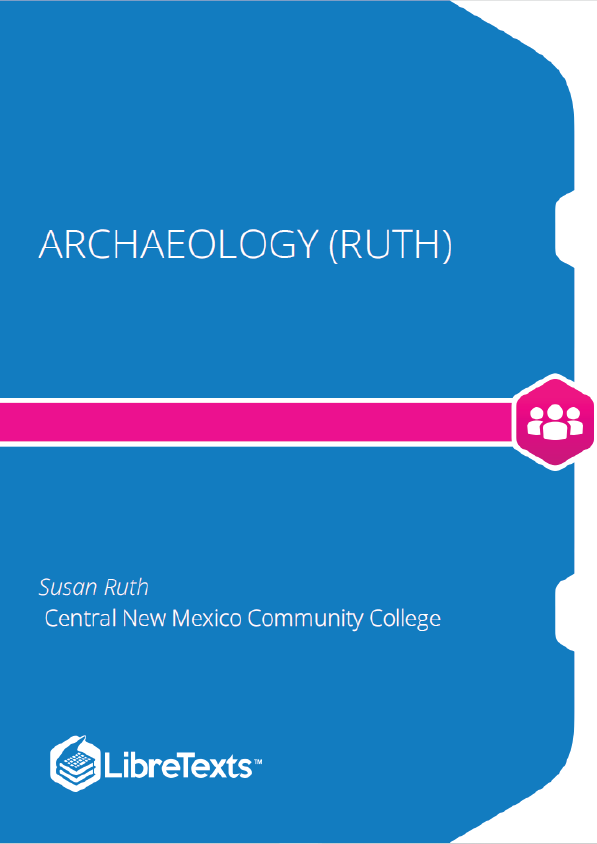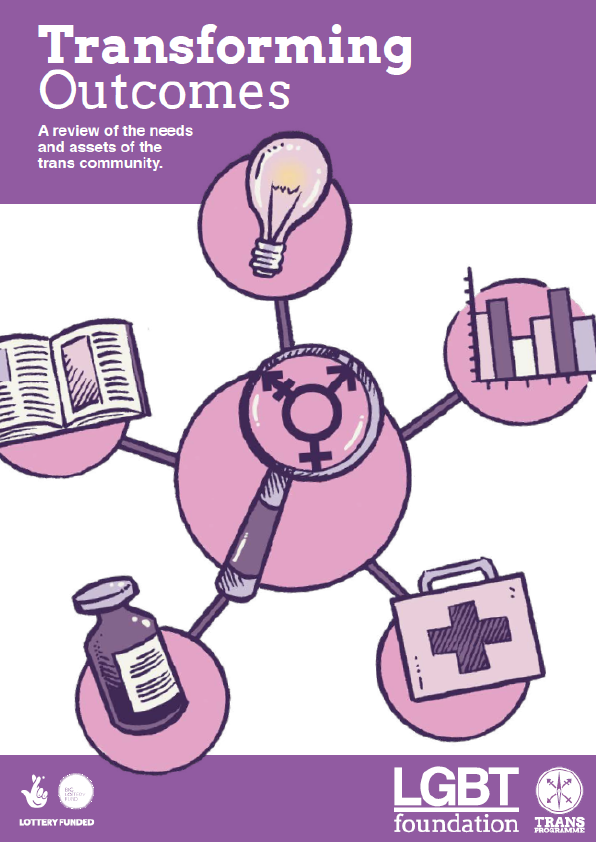Archaeology is only partly about discovering things; for me, archaeology is about thinking about things. —Stephen Lekson
Taking a noon-day break from excavating on Albuquerque’s windswept West Mesa in the summer of 2002, we stretched our legs, cramped from kneeling in a small square pit since six that morning. Someone started a game of hacky sack. Reaching down to retrieve the hack, I saw something black and shiny in the sand. “Gotta be cultural”, I thought. The crew gathered around, and we soon realized that I held in my hand an obsidian Folsom point, a kind of spear tip made of volcanic glass. The person who last touched the point lived more than 10,000 years ago, at the close of the last ice age. The artifact and its maker belonged to a different geological epoch—the Pleistocene—also known as the ice ages. Ultimately, our excavation would show that a small band of people were hunting a species of giant bison at the edge of a small lake. The point, along with other artifacts recovered at the site and the context in which they were found, are portals to the past. Within 10 years, the area would be transformed into a modern neighborhood on Albuquerque’s Westside.
Who hasn’t thought about traveling in time to the distant future or the remote past? Personally, I would love to spend one day hanging out with ice-age humans, or witnessing the Easter island moai being carved and moved, or simply stand on the same sands as the Egyptian Sphinx and pyramids in their heyday. While we can’t blast back in time through a wormhole or in a tricked-out DeLorean, we humans can go anywhere in our minds, free of charge. This mental time travel may not be totally unique to humans, but certainly no other animal is obsessed with the past and future like human beings. We are captivated by stories of galactic wars of long ago, a future planet ruled by apes, and the daring deeds and misdeeds of our ancestors. These are not mere stories, but shared narratives that bind us together and shape how we view the world. Archaeology is a kind of story-making, but one grounded in the physical facts, and important to understanding who we are as a species.
Our interest in the past is not just a modern obsession. The ancient Maya, who were fanatics for calendars and tracking time, inscribed dates well into the 5th millennium A.D.—the 4,000s. In this course, we’ll take a journey to our planet’s human past, visiting those who have come before us and stood where we now stand, whether it’s the West Mesa of Albuquerque or the Valley of the Kings in Egypt. We’ll examine who these people were, what were their lives like, and how have they shaped who we are today. We will also consider the ethical questions of who gets to tell these stories, who gets to visit sites, what kinds of artifacts should be displayed, and whether some things are better left in the ground or reburied.











